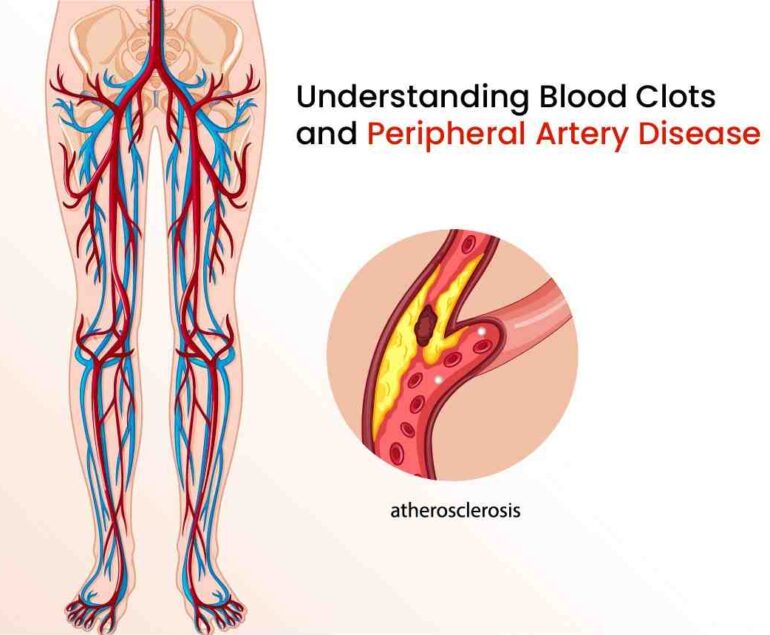An enlarged prostate, medically known as benign prostatic hyperplasia (BPH), is a common condition affecting aging men. While BPH is non-cancerous, it can significantly disrupt daily life with symptoms like frequent urination, difficulty urinating, and interrupted sleep. Fortunately, advances in interventional radiology have made treatments like Prostate Artery Embolization (PAE) a game-changer for managing BPH.
What Is Prostate Artery Embolization (PAE)?
Prostate Artery Embolization is a minimally invasive procedure designed to shrink the prostate by reducing its blood supply. During the procedure, a catheter is inserted through an artery in the groin or wrist and guided to the arteries that supply blood to the prostate. Tiny biocompatible particles are then injected to block these arteries, starving the prostate tissue of nutrients and causing it to shrink over time.
Why Consider PAE?
PAE offers a host of benefits compared to traditional surgical options like Transurethral Resection of the Prostate (TURP):
- Minimally Invasive: Performed through a small puncture in the skin, PAE requires no major incisions.
- Fewer Side Effects: The risk of complications like urinary incontinence and sexual dysfunction is significantly lower than with TURP.
- Shorter Recovery: Most patients can resume normal activities within a few days.
- Outpatient Procedure: In many cases, PAE does not require hospitalization.
Procedure Efficacy and Long-Term Benefits
Clinical studies and patient outcomes highlight the high efficacy of PAE:
- Symptom Improvement: Around 75%–90% of patients experience significant symptom relief within the first few weeks post-procedure.
- Reduction in Prostate Volume: PAE can reduce prostate size by an average of 30%–50%, alleviating pressure on the bladder and urethra.
- Sustained Relief: Follow-up studies indicate that many patients continue to experience improved symptoms for up to five years or more after the procedure.
- Patient Satisfaction: Surveys show that most patients are highly satisfied with their outcomes, citing improved urinary flow and reduced nocturia as key benefits.
PAE is a viable option even for patients with very large prostates, where traditional surgical methods may not be feasible or carry higher risks. Moreover, the minimal invasiveness of PAE ensures that the procedure has a lower complication rate compared to TURP or other surgical interventions.
What to Expect During PAE
- Consultation and Imaging: Before the procedure, a detailed medical evaluation, including imaging studies like MRI or CT scans, identifies the arteries supplying the prostate.
- Procedure: Conducted under local anesthesia, the interventional radiologist accesses the targeted arteries through a small puncture, guiding the catheter with precision using advanced imaging technology.
- Post-Procedure Care: Most patients experience mild discomfort, which resolves within a few days. Medications to manage pain and inflammation may be prescribed.
Is PAE the Future of BPH Treatment?
The demand for non-surgical solutions like PAE continues to rise as patients seek safer, faster, and less invasive treatment options. With its excellent safety profile and proven efficacy, PAE is reshaping the landscape of BPH management.
If you or a loved one are struggling with symptoms of an enlarged prostate, consider consulting a specialist to explore PAE as a treatment option. At Avis Vascular Center, we provide expert care tailored to your needs, ensuring a seamless experience from diagnosis to recovery.
Embrace the possibility of symptom-free living with cutting-edge solutions like Prostate Artery Embolization. Reach out today to learn more about how we can help you regain control and enhance your quality of life.




